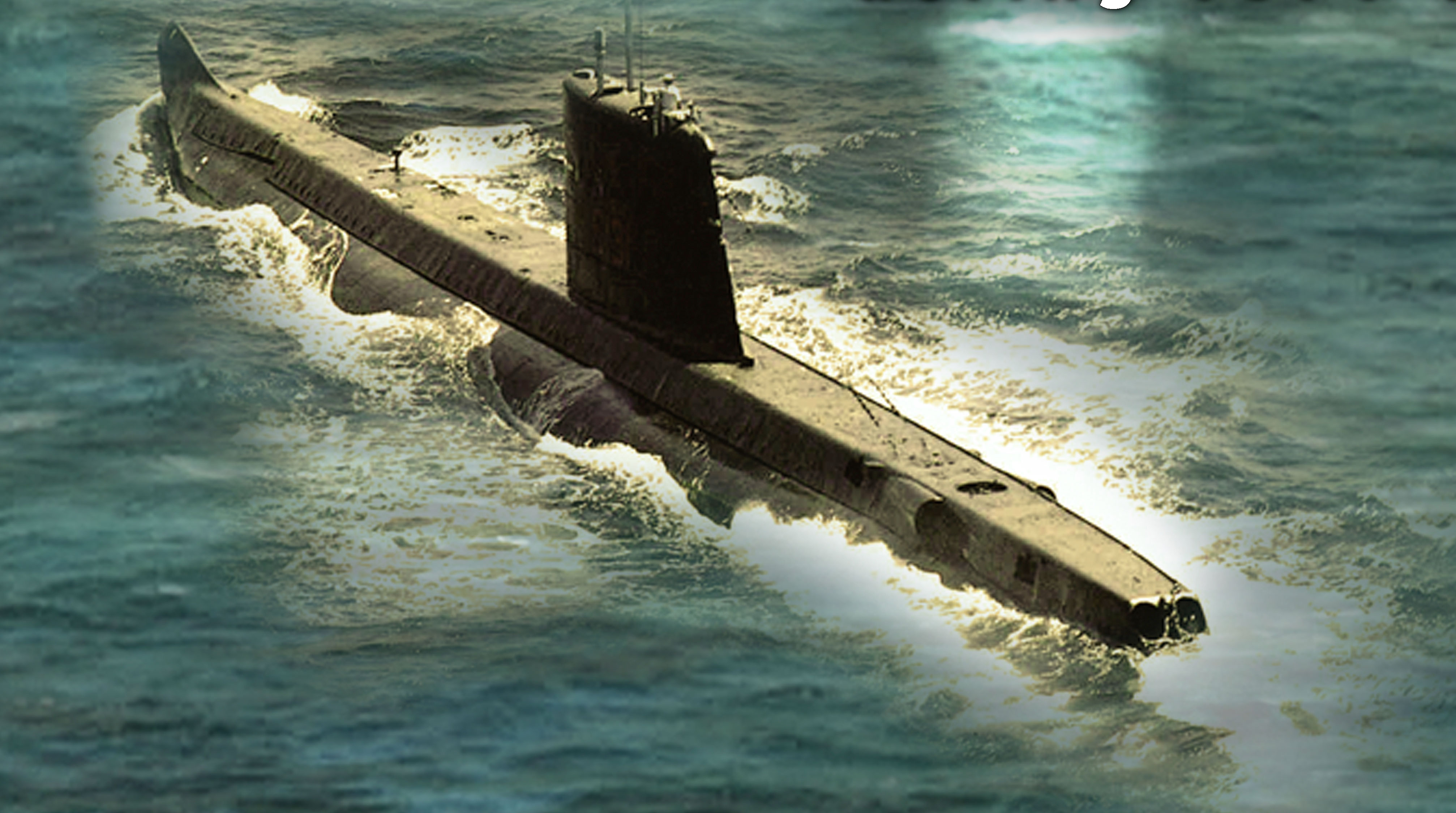
Hassan Zaib
After gaining independence, Pakistan realized that, in order to endure and safeguard . freedom, it ought to attain a strategic wherewithal to thwart malicious designs of its enemy. Pakistan was fully-cognizant of the importance of its coastal defence. Thus, in a bid to establish and maintain presence at sea, the Pakistan Navy was brought into service. Historically seen, the main purpose of establishing navies is to exert influence beyond their shores. Moreover, the job of the navy also entails the furtherance of stability and ensuring peace at sea. Other than remaining vigilant in defending its sea borders, the Pakistan Navy, competing with the challenges of technology and globalization, has constantly been engaged in maintaining peace, security, and stability in regional and international maritime realms, in compliance with international obligations.
The Pakistan Navy continues to stress the importance of high standards of professionalism. In the 1971 war, the Pakistan Navy conducted successful operations while giving a befitting reply to a much more powerful Indian Navy. Despite all the odds, taking on India in 1971 was no mean feat. On December 9, 1971, the UK- build Indian Anti-Submarine frigate, INS Khukri, was sunk and INS Kirpan was badly damaged by the Pakistani submarine PNS Hangor . The significance of this historic sea-battle increases manifold when viewed in retrospect. That it was the only occasion after world War-II that a war ship was sunk by a conventional submarine in a live encounter at sea is something momentous. It is thus imperative to revisit one of the most glorious moments of the Pakistan Navy, especially at a time when the salience of naval power is increasing for not only Pakistan, but for the entire region as well.
As a result of the simmering crisis in East Pakistan and India’s military incursions, the Pakistan Navy geared for action. Consequently, the Pakistan Navy submarine, Hangor, sailed for a patrol off the Indian Kathiawar coast. PNS Hangor reached its patrol area after successfully completing the difficult transit under the heavy enemy air activity and commenced its patrol. However, on December 9 1971, when the submarine was off the Kathiawar coast, two contacts were picked up. They were identified as Indian warships by their sonar transmissions and were at a radar range of 6 to 8 miles. The two contacts were appreciated to be two anti-submarine frigates (INS Khukri and INS Kirpan) engaged in Search and Attack Unit operations.
Hangor was waiting on the estimated track of the targets and “Action Stations” was therefore sounded that the “shark” had bared its teeth and its moment of reality had arrived. Although the enemy was operating sonar, Hangor was not detected and therefore still enjoyed the element of surprise. The conditions were not favorable for conducive submarine operations due to shallow depth in the area, and the enemy surface fleet was in an advantageous position due to limited maneuverability of the submarine.


Nevertheless, Hangor continued its advances and after obtaining a good firing position, it commenced the attack by firing one torpedo at one of the ships . The torpedo ran and was passed under the warship and failed to explode. The enemy’s warship crew suddenly woke up realizing that they were under attack. Hangor crew calmly shifted target to INS Khukri, obtained an ideal position and fired the second torpedo at it. This quick shot was aimed at stemming the flow of attack by Khukri . The torpedo went straight for the target and exploded under the keel of INS Khukri. In this spectacular action, INS Khukri was sunk within two minutes after receiving a hit. 18 officers and 176 sailors including the Commanding Officer lost their lives.
This came as a shattering blow to the Indian Navy, deflating, in one stroke, the exuberance generated by highly embroidered success stories of the missile attacks at PN ships off Karachi. To sum up, December 9 known as ‘HANGOR Day’ is being celebrated every year in order to pay tribute to the brave war veterans who struck terror in the hearts of the enemy by sinking the Indian Navy Frigate INS Khukri and crippling INS Kirpan during the 1971 war.




